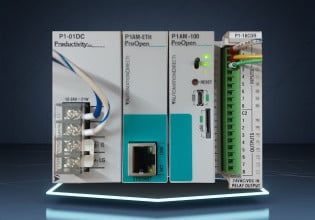G
I have taken over the operation of a cogeneration plant with 2 10mW steam turbine generators. One with a Woodward 505 and he other with a GE MarkV governor. When we break parallel with the utility grid, our system puts the Woodward into isoch and the MarkV into Power-extraction mode. In addition by the time we make these mode changes, we are already in the process of shedding load.
With the MarkV in this mode it will not change its loading and drives the frequency up. The Woodward on the other hand drives the other generator right off line.
How can I force the MarkV to droop and have it change its loading when the frequency changes?
What would be the down side of going to isoch on reverse power in the tie breaker if we do not separate from the grid?
With the MarkV in this mode it will not change its loading and drives the frequency up. The Woodward on the other hand drives the other generator right off line.
How can I force the MarkV to droop and have it change its loading when the frequency changes?
What would be the down side of going to isoch on reverse power in the tie breaker if we do not separate from the grid?






